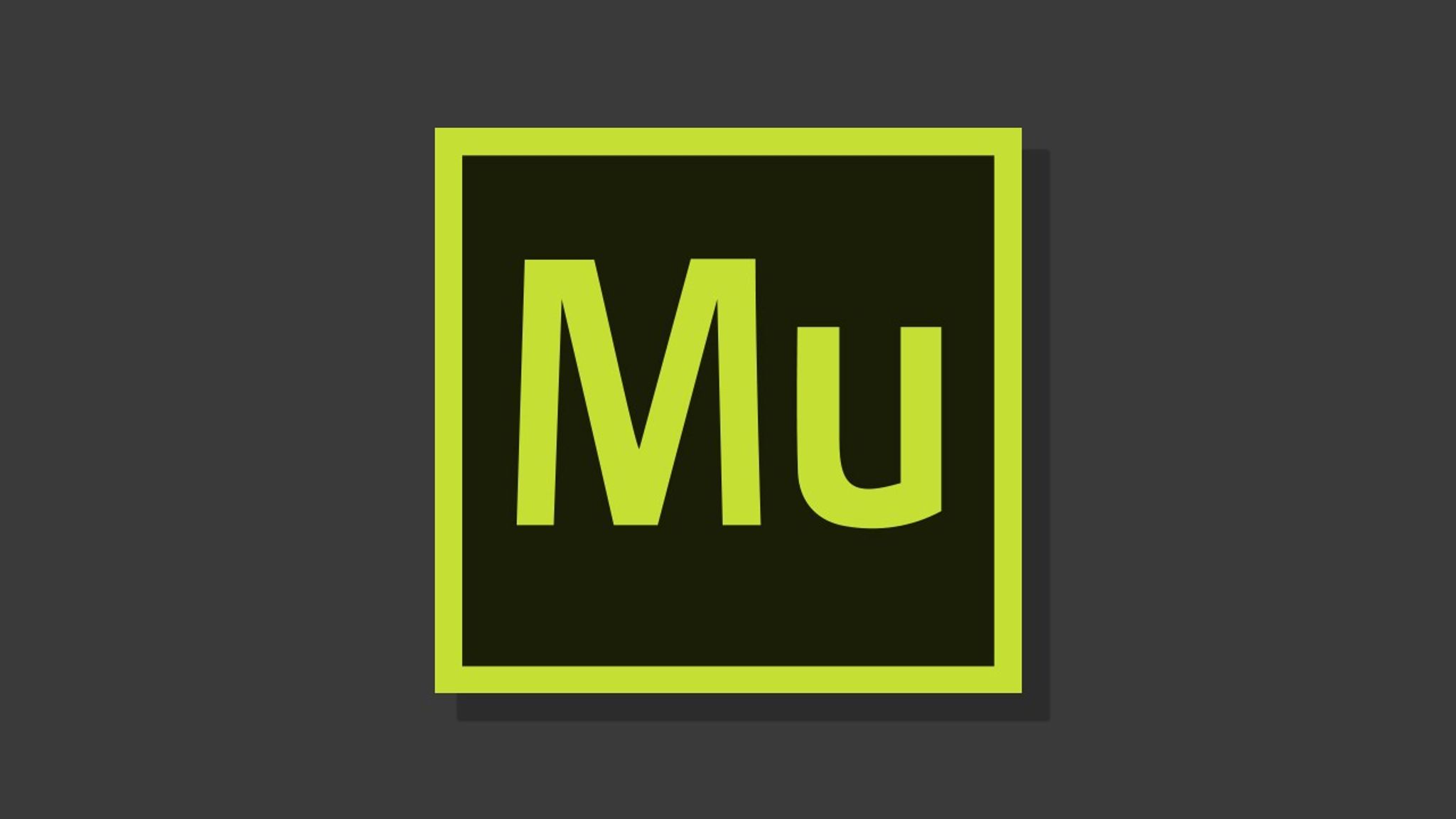The End Of Adobe Muse And What It Means For Users

Last month, Adobe announced its decision to discontinue the popular website building app Muse. This decision has upset thousands of creatives all over the world and an onset of social media outcry has ensued, with a petition to reverse the decision.
Adobe is trying to migrate Muse users over to Dreamweaver in the short to medium term, but this move won’t be appreciated by its core users for a number of reasons. For many long-standing Muse users, Dreamweaver just doesn’t stand up to the task of replacing their favorite app and they’re pretty cheesed off at the implication. Well, they’re cheesed off in general. So let’s examine why.
While the news of Adobe’s decision was an unpleasant notification, it came as no surprise to veteran Adobe product users. The impending discontinuation of Muse is the latest in a line of web app obsoletion following the demise of the incredibly popular Macromedia acquisition GoLive in 2008. The Muse discontinuation seems to be a hard turn away from WYSIWYG web development, which mirrors what happened with Adobe GoLive when it went the same way.
Muse had initially attracted a lot of users on the back of its simplicity of use as an “InDesign for web development”. When it was initially launched in 2012, Muse was marketed as a program that would allow users to create bespoke, adaptive websites (it added responsive elements in 2015), without having to write a single line of code. Muse later allowed third party plugins to add blogging and eCommerce functionality. The WYSIWYG functionality of Muse allowed designers and other visual creatives to make a step into web development that would have previously required pretty extensive coding knowledge at the very least. This was Adobe’s in-house answer to the DIY website market that demanded ease of use, ease of design, and seamless transition from construction to page. In this regard, it was incredibly successful.
Muse allowed design specialists to bring their designs to life online without the need for specific web development skills and the interface. This was much more intuitive to Muse users than learning how to code in the traditional way. When third party plugins brought blog functionality, eCommerce, animation, social media integration, and other items into Muse’s healthy array of templates and multi-platform functionality, it became a vital part of design-focused agencies and SMBs. This discontinuation hurts these businesses immensely as many of them have built their businesses around Muse’s ease of use.
Is this a move by Adobe to consolidate Dreamweaver as the one stop shop for all aspects of design? It’s hard to say. It could be that Adobe is looking down the track at future web standards and deciding that a WYSIWYG heavy app will be too difficult to maintain. Or it could be that they don’t want to isolate the web development part of their business. It wasn’t too long ago that Muse was being touted as a possible industry killer for back-end web development.
Either way, the fallout from Muse’s discontinuation promises to have a profound effect on the front-end, WYSIWYG, website building market.
The Great Migration
Adobe’s discontinuation of Muse isn’t a hard deletion of the app and the company has been very vocal about this. Muse will still be accessible to everyone who currently has it in the CC package but it won’t be updated for bug fixes or to stay in line with new web standards from May 20th, 2019. Any sites built using Muse won’t be deleted if they’re hosted on third party servers but any sites hosted on Business Catalyst (which Adobe allowed for free for short periods of time) will have to be re-published to another hosting platform to remain live after March 26, 2020, when Business Catalyst hosting is no longer available.
In reality, this discontinuation will force a lot of people to migrate their sites and businesses away from Muse. It’s much easier to move a site to a platform that offers similar functionality to Muse than it is to learn CSS or HTML to the level required to sell your services professionally.
The first step here will be platform migration. DevHub offers a comprehensive package and this is a vital service if you have multiple sites to migrate to a new server or CMS. The end of Muse will see a large volume of potential users leaving the platform to find sites and programs that mirror what Muse used to do. RallyMind is a good option due to our WYSIWYG roots and the “centralized control” function which allows you to manage overall design layout and personalize each of your migrated sites landing page using a Google Sheet.
Adobe’s decision-making in the discontinuation of Muse has certainly provoked anger amongst users and it will be interesting to see what effect this will have on the company’s position at the top of the food chain in the design world.